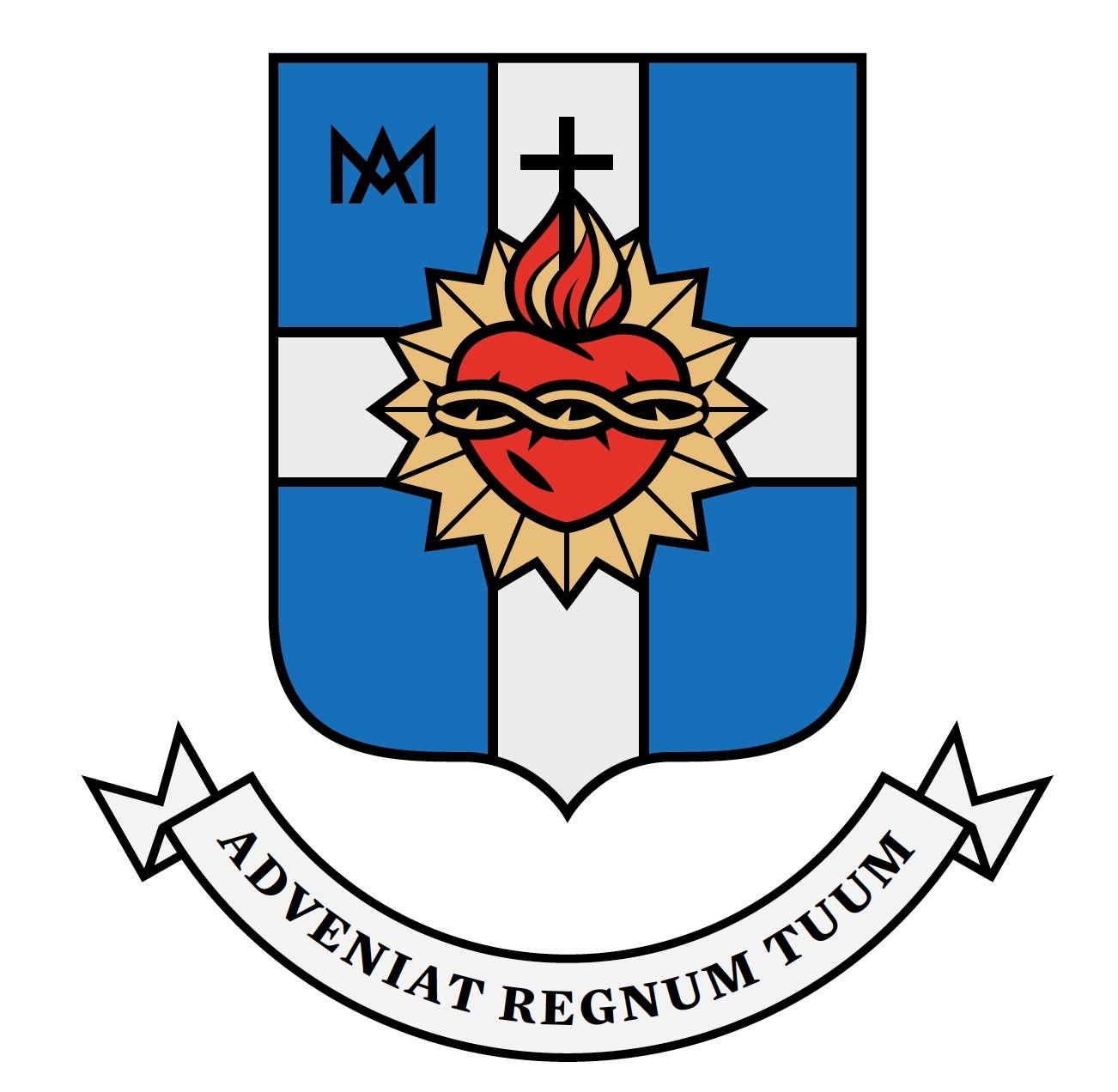In preparation for the XXV general chapter, the North American Dehonian Theological Commission critiques the concept "transformation" as the goal of the next general chapter. Here it explains the reasons why.
The Questionnaire of the XXV chapter proposes that “transformation” is the main challenge or aim of the XXV General Chapter. Here are some observations on this theme of transformation.
Where does this challenge or aim for transformation come from? At this point the challenge comes from the preparatory committee and from the General Administration accepting this aim for the Chapter. The preparatory committee has proposed that the challenge for transformation can be summed up in a popular phrase of the Founder: Sint Unum or communion. The first task of the Chapter will be to undertake a discernment of the members of the Chapter who act as representatives of the Congregation whether (a) they indeed seek transformation and whether (2) they agree with summarizing this need for transformation in the Founder’s motto of Sint Unum. It is not enough to ask the chapter members to approve the Instrumentum Laboris as the working document for the Chapter. They must agree with the premise set for them by the Preparatory Commission and the General Administration. To reach such an approval, the Chapter will need to engage in a process similar to the Synodal Process used by the Church during the Synod of 2023 – 2024. The General Chapter is the supreme authority for the Congregation (Const. #131) and it is of the utmost importance that the members have the opportunity to express whether they agree that the transformation of the Congregation is indeed the pressing need of the Congregation at this time. And they should be asked to identify whether communion best expresses the pressing need of the Congregation.
As an aim or challenge, “transformation” is perhaps too strong a word to express the need of the Congregation at this time. The Oxford dictionary defines transformation as “a thorough or dramatic change in form or appearance.” Is the transformation proposed by the preparatory commission a “dramatic” change in form, or is it perhaps something less dramatic or revolutionary? Transformation sounds too much like a break with our past, our tradition. Reading the questionnaire of the Preparatory Committee, what is being proposed is not so much a transformation as a refiguration. The Congregation is founded on a number of foundational figures such as the Sacred Heart, oblation, pure love, reparation, immolation, social engagement of the “Sacred Heart” in societies. The committee proposes that Sint Unum is one of these figures and that what is required at this time is a refiguration of communion or “Sint Unum”. Chapters are times that we, as a Congregation, reflect together about these figures. If we look at some of the studies undertaken by the theological committees of the Congregation one might conclude that Sint Unum is not the most central figure that requires attention. The European theological committee has pointed at Dehon’s Couronnes d’amour as the foundational text to understand Dehon’s charism under the figure of the Sacred Heart; the study of Dehon’s figure of “pure love” by the North American committee, using the same sources, proposes a new appreciation and understanding of Dehon’s love of the Sacred Heart; the America Latina committee has expressed the need to study again the formative structure of Dehon’s texts at the beginning of the Congregation; the last General Conference made the Congregation aware of the need to re-engage the social dimension of Dehon’s charism. It has become clear that we are far from having achieved a consensus in our understanding of Fr. Dehon and his charism. The time has come for the Congregation in its Chapter set in motion a process for the refiguration, a new effort of aggiornamento, of the underlying figures of the Congregation. In his contribution to the discussion on Couronnes d’amour Stefan Tertünte quotes from Albert Ducamp’s 1936 Le Père Dehon et son œuvre[1], where he warned his readers: “The devotion to the Sacred Heart of Father Dehon is, properly speaking, neither Gertrudian, nor Eudist, nor according to Paray, nor according to anyone else. He borrows copiously from one or the other, from all the schools, with a fascinating freedom, like a river which for a large part borrows from its tributaries allowing it to increase.”[2] We are far from being done with Fr. Dehon. As Marcello Neri pointed out in his Giustizia della misericordia Dehonians need to take a new look at their spirituality. He maintainted that Dehonian spirituality has an important contribution to make to the living of the Gospel in the current transcultural and globalized context of Europe. What the Congregation needs in this time is not so much transformation as a refiguration.
The preparatory Commission touched on the need for the Congregation to achieve a clearer identity. The questionnaire acknowledged two major shifts affecting our identity at this time: (1) the shift in our understanding of time (in Asia and Africa time has become post-colonial; in Europe and the Americas it has become post-modern) and (2) the cultural diversity that is manifested in the Congregation with its move to the south creating a need to enculturate the European origins of the community into the new cultural contexts. There is an awareness that the Congregation must not be originalist in its interpretation of Fr. Dehon. These temporal and cultural shifts in the Congregation need to be addressed at a Chapter level as the identity section of the questionnaire seems to acknowledge. An aggiornamento of Dehon’s spirituality for this time will require an appropriate hermeneutic that gives direction to our desire for refiguration.
It is for the General Chapter to set this in motion.
[1] (Paris : Edition Bias, 1936) p. 639.
[2] S. Tertünte, “La reception des Couronnes d’Amour (CAM) dans les publications de différents auteurs » Dehoniana 2020, DEH2020-02-FR




